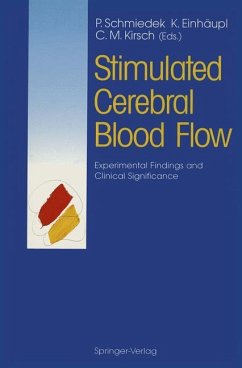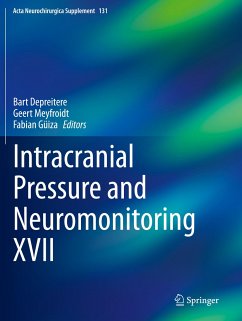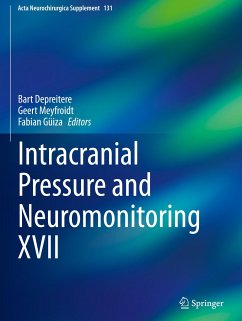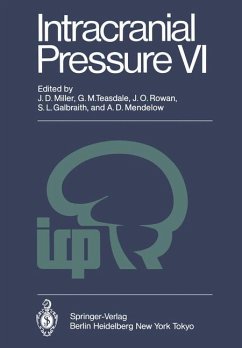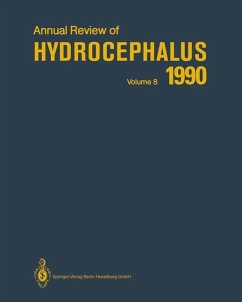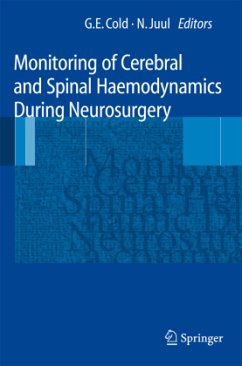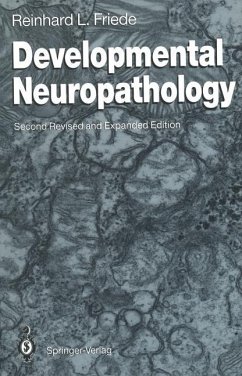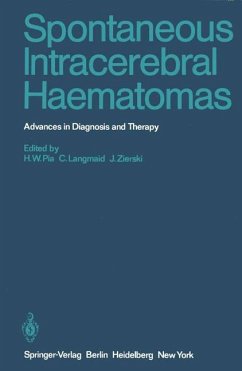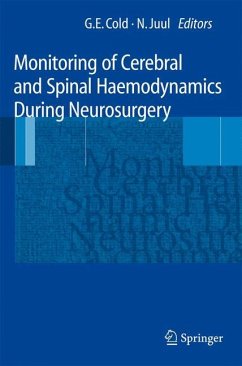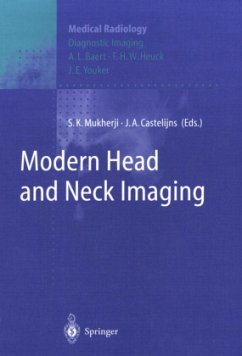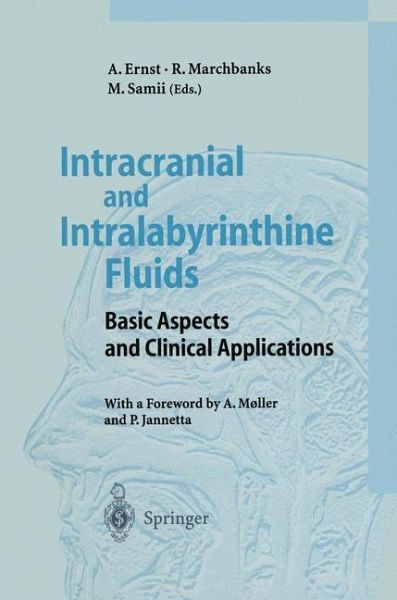
Intracranial and Intralabyrinthine Fluids
Basic Aspects and Clinical Applications
Mitarbeit: Moller, A.; Jannetta, P.; Herausgegeben von Ernst, Arne; Marchbanks, Robert; Samii, Madjid
Versandkostenfrei!
Versandfertig in 1-2 Wochen
77,99 €
inkl. MwSt.

PAYBACK Punkte
39 °P sammeln!
There is no question that the topic of this meeting in Seeheim, Germany, on intracranial and intralabyrinthine fluids is pertinent. This was the first international meeting at which these two closely-related topics were addressed together. Combining the clinical and research aspects of fluid and pressure regulation in the intracranial and the intralabyrint hine compartments as well as discussions on the clinical implications of abnormal fluid pressure was an excellent idea. The presentations and discussions of both the clinicians and basic scientists who participated proved that the concept of...
There is no question that the topic of this meeting in Seeheim, Germany, on intracranial and intralabyrinthine fluids is pertinent. This was the first international meeting at which these two closely-related topics were addressed together. Combining the clinical and research aspects of fluid and pressure regulation in the intracranial and the intralabyrint hine compartments as well as discussions on the clinical implications of abnormal fluid pressure was an excellent idea. The presentations and discussions of both the clinicians and basic scientists who participated proved that the concept of having such a combined focused gathering was both original and relevant. The two topics of the meeting in Seeheim have much in common. Maintaining both the intracranial pressure (lCP) and the intralabyrinthine pressure within normal limits is important for the normal functions of both the central nervous system and the ear. The intracranial space and the intralabyrinthine space are closed compartments that communicate with each other in an intricate manner. Deviations from normal intracranial pressure result in specific symptoms and signs. Medical problems related to elevated intracranial pressure vary from subtle to severe. Accumulated knowledge indicates that there are adverse effects from even relatively small elevations in ICP. Elevations in ICP may cause injuries to the brain and the ear. Abnormal pressure in the ear may cause abnormal function and injury. Maintaining the intracranial pressure within normal limits depends on a normally functioning pressure regulation.



